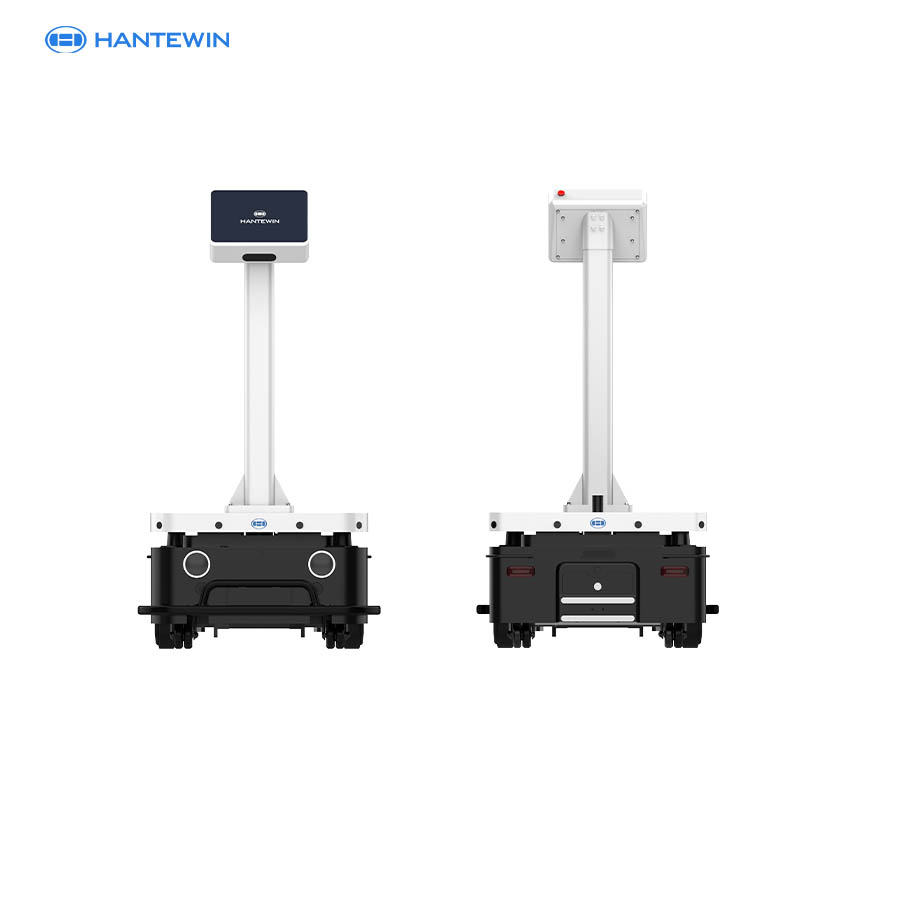Views: 0 Author: Site Editor Publish Time: 2025-07-08 Origin: Site








In the ever-evolving world of industrial automation, one of the most significant advancements is the development of load-bearing factory robots — machines designed to shoulder heavy lifting with precision, consistency, and safety. These robotic workhorses are transforming the landscape of manufacturing and logistics, enabling companies to handle massive loads efficiently while reducing human strain and operational downtime.

A load-bearing factory robot is an industrial-grade robotic system engineered to lift, carry, and position heavy materials or products within a manufacturing or warehouse environment. Unlike traditional robotic arms used for assembly or painting, these robots are specifically built to support substantial weight, often hundreds of kilograms.
To meet the diverse challenges of material handling, our company has developed three models in the D15 load-bearing series, each specialized for particular environments and tasks:
D15 – The Standard Workhorse
The D15 is our foundational unit — a mobile load carrier designed to transport heavy containers across industrial floors with stability, precision, and minimal maintenance. It's built to handle demanding daily operations.
D15-LT – With Guide Poles for Container Alignment
The D15-LT enhances the standard model with fixed vertical guide poles that fit into the sides of the load container or carrier platform. These poles don’t lift the load — instead, they hold it securely in place, preventing it from shifting or slipping during movement. This makes the LT ideal for operations that require tight container alignment and safe handling through uneven terrain or high-speed transit.
D15-LL – Low-Lift Platform for Pickup and Drop-Off
The D15-LL features a lifting mechanism that raises the entire platform just enough to slightly lift a load container off the floor, enabling precise pickup and gentle placement. It's not designed for stacking or high lifting — rather, it specializes in elevating loads only as much as needed to transport them cleanly and safely. This is especially useful in automated workflows where items are positioned on fixed-height surfaces or stands.
All three models are built with industrial-grade frames, real-time load monitoring, and integration-ready software to communicate with factory systems.

Deploying the D15 robot line delivers key advantages:
Worker Safety: Removes the need for manual lifting of large or awkward loads.
Operational Efficiency: Reduces delays and variability in material transport.
Load Stability: The LT’s guide poles and the LL’s platform lift reduce slippage or misalignment during movement.
System Flexibility: Designed to integrate with conveyor lines, workstations, and smart factory systems.
Manufacturing facilities use the D15-LT for transporting containerized parts between assembly points.
Warehouses and distribution centers benefit from the D15-LL’s ability to pick up loaded trays from low platforms and deliver them without shifting.
Automated production lines employ the standard D15 for routine movement of standardized carrier platforms or crates.

Looking forward, we aim to integrate more intelligent load recognition, path optimization, and automated task coordination into the D15 series. As factory ecosystems become more connected, our robots will become even more autonomous and collaborative.
